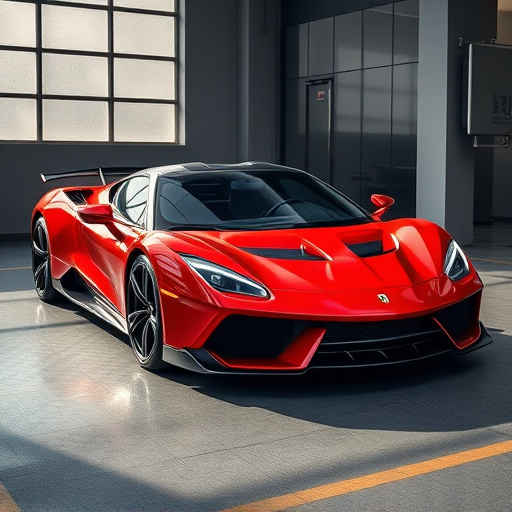Optimizing Air Intake System Installation Cost Inclusion & Price Comparison for Vehicle Upgrades
Optimizing air intake system installation costs involves understanding that pricing varies based on…….
Welcome to an in-depth exploration of the critical aspect of automotive engineering and performance tuning—air intake systems. In this article, we delve into the world of air intake system price comparison, a topic that holds immense significance for car enthusiasts, mechanics, and manufacturers alike. Understanding the pricing dynamics of these systems is essential for making informed decisions, whether it’s about upgrading an existing vehicle or designing high-performance engines. We aim to provide valuable insights, covering various facets from historical perspectives to future trends, ensuring readers gain a comprehensive grasp of this vital component’s economic and technological landscape.
Air intake systems, also known as air induction systems, are an integral part of internal combustion engines, responsible for drawing in a precise amount of atmospheric air, which is then mixed with fuel before ignition. The primary components include:
The concept of air intake systems has evolved since the early days of automobiles. Early engines relied on simple air inlets, but as performance demands grew, so did the need for more efficient and precise air delivery. The introduction of fuel injection and computer-controlled engine management systems further emphasized the importance of accurate air-fuel ratio measurement, leading to the development of advanced air intake technologies.
Today, air intake systems are a key differentiator between stock vehicles and performance-tuned cars. They contribute significantly to engine power, torque, and overall vehicle performance, making them a focal point for aftermarket modifications and upgrades. Price comparison is essential here as it allows enthusiasts to balance their budgets while achieving desired performance levels.
Air intake system pricing varies globally, influenced by factors such as local manufacturing capabilities, import taxes, labor costs, and market demand. Here’s a snapshot of regional trends:
The air intake system market is a dynamic sector, driven by factors such as:
Manufacturers invest heavily in research and development (R&D) to create innovative air intake solutions. These investments are driven by:
The field of air intake system technology has witnessed significant innovations, revolutionizing the way engines breathe:
When comparing air intake system prices, several factors come into play:
The air intake system market can be segmented into:
The future of air intake system pricing is influenced by several factors:
Air intake system price comparison is a complex yet critical aspect of automotive engineering and consumer choices. Understanding the factors that influence pricing allows buyers to make informed decisions, ensuring they get the most value for their investment. As technology advances and market trends evolve, the global air intake system landscape will continue to shape the way vehicles breathe, ultimately impacting their performance and efficiency.

Optimizing air intake system installation costs involves understanding that pricing varies based on…….

Understanding air intake system upgrade costs is crucial for budgeting, ranging from $100 to $500 on…….

When comparing air intake systems, value goes beyond price. It involves a strategic assessment of ai…….

Air intake systems, vital for engine performance, vary in price based on design, materials, and clai…….

Comparing air intake systems helps car enthusiasts optimize vehicle performance and fuel efficiency…….

When comparing air intake system prices, focus beyond initial cost. Consider long-term gains like im…….

When comparing air intake systems, pricing is a significant factor, ranging from budget-friendly opt…….

Understanding three main price tiers (entry-level, mid-range, premium) for air intake systems is cru…….